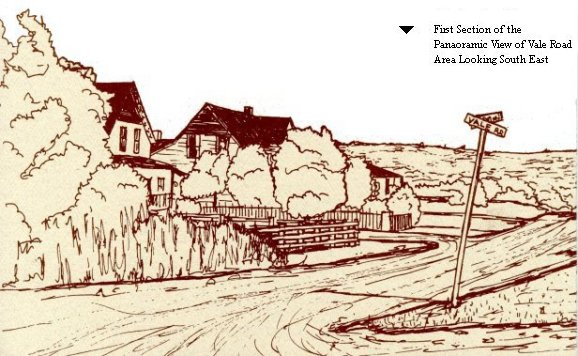
THE BLACK LOYALISTS
When the thirteen New England colonies went to war against Great Britain, the British Crown offered freedom to any slaves willing to fight against the revolution. This was not done solely for humanitarian reasons. It was strictly a military strategy. Many British Loyalists owned slaves prior to the revolution and had no intention of setting them free.
The Blacks who fled to the side of the British did not risk their lives because of loyalty to the Crown. They did so in order to gain their freedom and pursue their vision of equality and justice in a territory where the slave trade had been abolished. During the war these individuals served the British well, as guides, scouts, soldiers, craftsmen and servants.
Even during the war Black Loyalists began arriving in Nova Scotia, some as free men, some as slaves. Between 1782 and 1784 just under 3550 Blacks came to the province. The largest contingent settled in the South Shore. Their first task was to build the Town of Shelburne and they were given a place to live across the harbour, Birchtown. Many of these early settlers were part of the all Black Pioneer Corps which had fought in the revolution on the side of the British.
Initially the majority of the Black settlers were not given land. They built primitive lodging and hoped their dreams of land and prosperity would soon be realized. But living conditions were horrid and the harsh Canadian winter took its toll on the settlers, many of whom were used to the milder climate of the south.
White settlers were given first choice of land grants. When the Blacks finally did receive land of their own, the lots were often small and unproductive. They found themselves competing for jobs among the many white settlers. For this they were greatly resented and often received the poorest jobs. Over time even the trades and skills learned as slaves in the colonies were lost, leaving them with only the menial jobs. In fact some actually agreed to become indentured to white masters in order to survive. All found they faced a new type of bondage based on economic exploitation.
Largely the result of the bitter disappointment of the new life in Nova Scotia, 1196 Blacks were invited in 1791 to emigrate to British controlled Sierra Leone in West Africa. This gesture by the British was the result of the efforts of one of the first Black leaders to emerge among the settlers, Thomas Peters. Of those who left, many were community leaders - ministers, teachers, soldiers, craftsmen; leaving the remaining Black communities without the guidance and the leadership they often needed. Nevertheless, those who remained persevered and in time developed their own communities, churches and unique culture.
In 1796 rebel Black slaves from Jamaica known as Maroons came to Nova Scotia and resided near Halifax. Many of them were employed in building the Halifax Citadel fortification. They, too, became disillusioned and most were transported to Sierra Leone in 1799. More Blacks arrived in Nova Scotia following the War of 1812 between Britain and the United States. Most of these immigrants settled near Halifax at Hammonds Plains and North Preston.

|